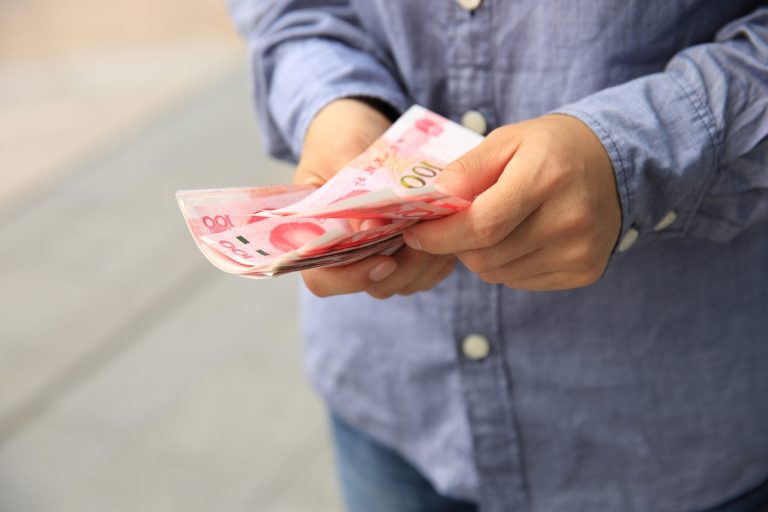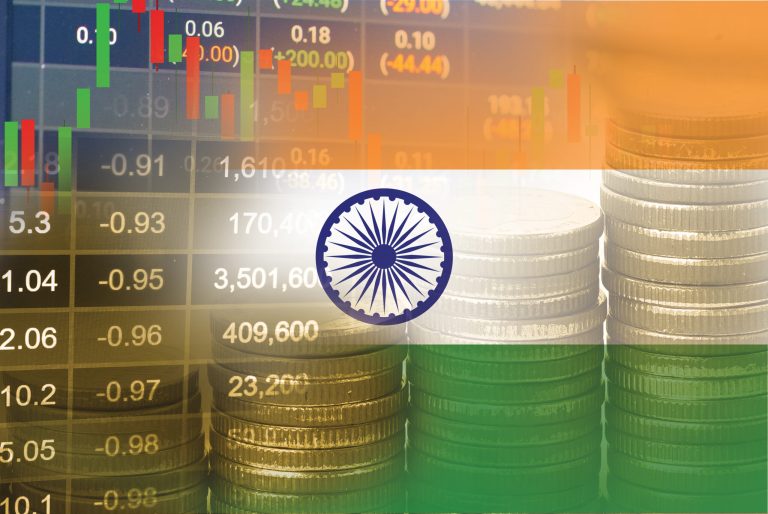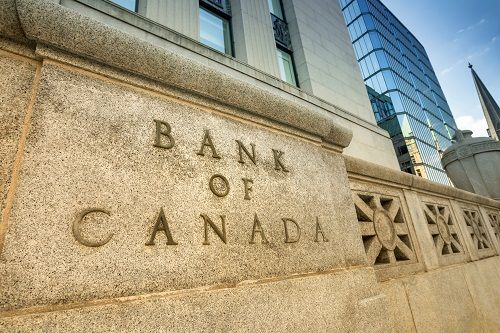South Africa is gearing up for a wave of initial public offerings (IPOs) and fundraising activities, set to begin as early as 2025, as the country’s economic outlook brightens after years of lackluster growth.
According to JPMorgan Chase & Co., investor optimism has surged, driven by the recent formation of a business-friendly coalition government following the African National Congress (ANC)’s loss of its parliamentary majority in the May election.
This shift in the political landscape has sparked renewed investor confidence, with multinational companies pouring in capital, a rally in the South African rand and bonds, and the benchmark stock index rising over 20% in dollar terms since June.
According to a report by Bloomberg, Edward Bell, managing director at JPMorgan in Johannesburg, noted,
We would expect primary activity to pick up. As equity market performance and valuations return to more appropriate levels, the incentive and the ability to issue equity or IPO a business becomes a viable option.
Johannesburg Stock Exchange prepares for key listings
Amid the positive sentiment, the Johannesburg Stock Exchange (JSE) is already preparing for several high-profile listings.
Pick n Pay Stores Ltd.’s Boxer unit is expected to list before the end of the year, drawing considerable interest from investors.
Similarly, Anglo American Plc is set to spin off its platinum and diamond businesses, both of which are highly anticipated by the market.
In addition to these upcoming listings, there is growing speculation about Coca-Cola’s potential IPO of its African bottling business, which could aim for an $8 billion valuation in 2025.
The JSE is also working to attract more inward and secondary listings from companies with African or sub-Saharan ties, offering more opportunities for growth in the region.
Investor confidence returns to South Africa
Despite foreign investors selling a net $5.5 billion worth of South African stocks this year, domestic stocks, particularly in the banking sector, have seen strong gains.
FirstRand Ltd., Standard Bank Group Ltd., and Capitec Bank Holdings Ltd. have all surged more than 25% since June, reflecting renewed confidence in South Africa’s economy.
JPMorgan predicts South Africa’s economy will grow by 1% in 2024 and by 1.4% in 2025, following years of average GDP growth below 1%.
Bell also highlighted the growing demand for sub-Saharan debt exposure, with investors seeking higher yields and stability from the region.
“Emerging market debt investors are looking for sub-Saharan exposure as it provides good yield and the region currently has a more stable economic outlook,” Bell added.
The post JPMorgan predicts surge in South African IPOs amid rising economic confidence appeared first on Invezz










